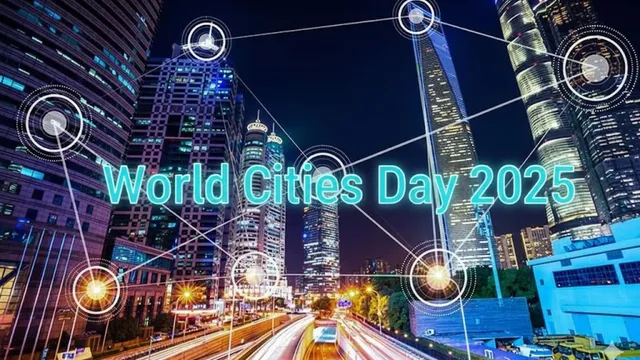- By Raghav Gupta
- Fri, 31 Oct 2025 05:11 PM (IST)
- Source:JND
Smart Cities are urban areas that use technology and data collection to improve the quality of life for residents by increasing efficiency of services like transportation, energy and waste management. Much like how the body's nervous system helps govern the human body, smart cities make use of evolving technologies to empower cities to better respond to changes in their local urban environment. This concept has functions similar to the body's nervous system that governs the human body. These cities make use of evolving technologies to respond to changes in a city's local urban environment which also helps improve the sustainability and efficiency of a city's operation.
World Cities Day 2025
31st October is annually designated as the global observance of World Cities Day and has been celebrated since 2014. This observance day is held with different themes and in different cities around the world every year. The theme for 2025 is "People Centred Smart Cities" and will take place in Bogotá, Colombia. The theme focuses on how data-driven decision making, technology, and AI can be used to improve urban life and help the city recover from current shocks and crises. It also aims to promote smart city initiatives that are centred on people by prioritizing human needs, inclusivity and accessibility.
History of Smart Cities
The very concept of smart cities can be traced back as far as 1974, when Los Angeles created the first urban big data project called "A Cluster Analysis of Los Angeles". This first urban project aimed to create a control panel that would provide real time data to urban policy decision makers. The project failed to achieve its purpose due the technological limitations of the time period. This project, however, foreshadowed the use of big data and establishment of data portals for contemporary smart cities.
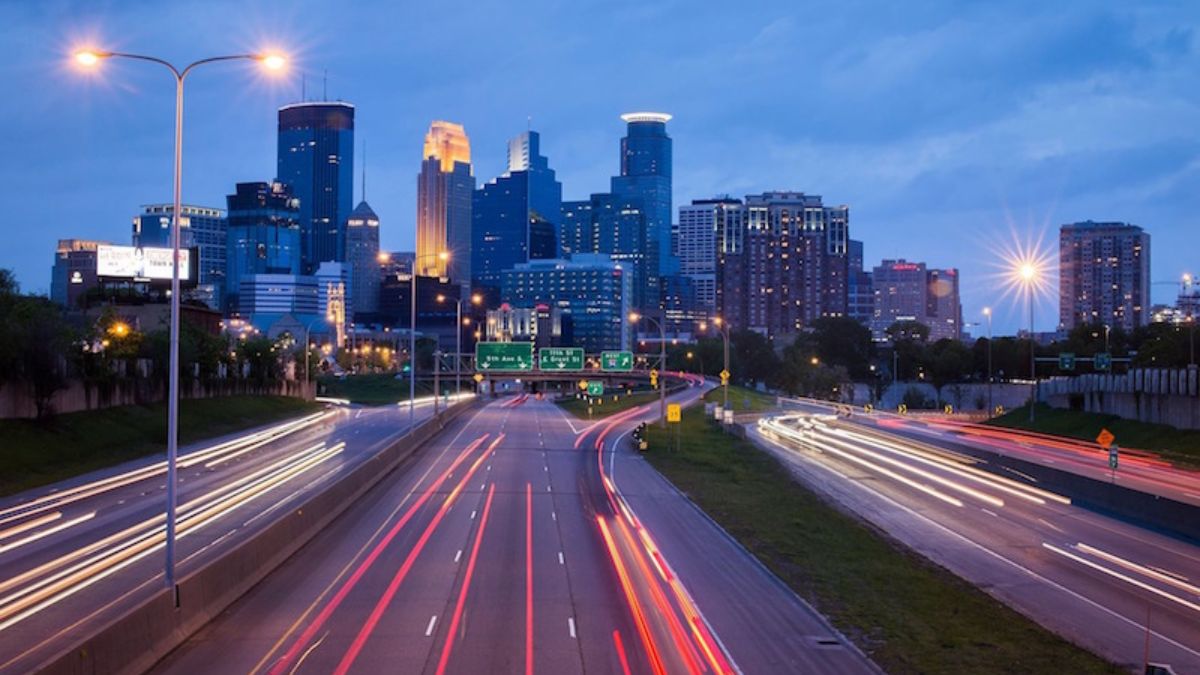
The proper start of smart city truly started in 1994 when Amsterdam established De Digital Stad (DDS) which can be translated to The Digital City. The project faced troubles in early 2000s and was even briefly discontinued. However, volunteers carried on the project independently which allowed the launch of the Amsterdam Smart City platform in 2009. This platform was a public private partnership which encompasses governmental agencies, companies, knowledge institutions and foundations.
List of Technologies Needed to Create Smart Cities
Internet of Things (Iot) – refers to a network of physical devices, appliances, vehicles and other physical objects that are embedded with sensors, software and network connectivity that allows them to collect and share data. Examples of such devices can include devices like temperature sensors in subway stations, smartwatches, traffic sensors on roadways and other types of technology embedded in transportation systems. These devices collect information and can adjust their environments based on that data or according to directions from human operators.
Cloud Computing – is a type of information technology that helps store the massive amount of data collected by smart cities. The onsite data storage is no longer a cost effective method for many organizations, including cities that might contend with tight IT budgets. Instead, a low cost option is employed by smart city planners through cloud computing services.
Artificial Intelligence – helps smart cities with the analysis and decision-making needed to manage the hectic day-to-day operations of busiest cities around the world. City operations consist of a large number of moving parts which can be managed through AI management systems. For example, AI algorithms can optimize waste collection routes which will reduce carbon emissions by city garbage trucks. It can also analyse data from security cameras and connected devices to help law enforcement improve public safety by detecting crime.
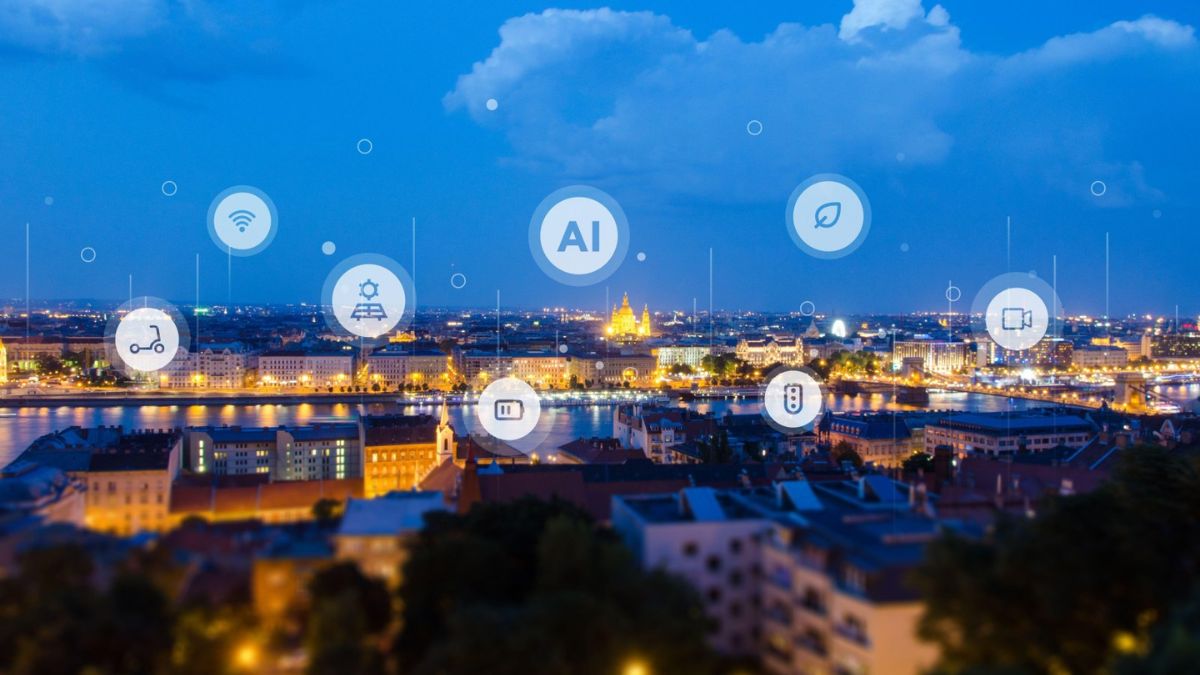
(Image Credits: Reuters)
Geospatial technologies – cover a broad range of remote monitoring and sensing equipment that can largely help map and monitor the weather and local ecosystems to measure changes that might impact cities and its citizens. These technologies help detect problems in local ecosystems and provide early warnings for natural disasters like tornadoes, floods or wildfires. Examples of such technologies can include global positioning satellites (GPS) and geographic information systems (GIS). GPS consists of cameras and remote sensing equipment and GIS consists of a collection of software tools used to map and analyse the local environment.
Smart City Development Project in India
India is making developments in creating smart cities through the "Smart City Mission" (SCM) project launched in 2015 by Prime Minister Narendra Modi. This project is being used to improve the quality of life in 100 different cities by leveraging technology for improvement in infrastructure and governance. The project was implemented through the Ministry of Housing and Urban Affairs with the objective to initially make 100 smart cities across India which will mainly use Information and Communication Technologies (ICT) to develop, deploy, and promote sustainable development practices.
SCM aims to enhance the quality of life in Indian cities through smart and sustainable solutions. Its goal is to create cities that are economically vibrant, inclusive and environment friendly. After 10 years of work, 100 cities have driven this initiative to achieve substantial progress. As of May 9, 2025, 94% of the projects which consists of 7,555 projects out of the total 8,067 projects have been completed. This amounts to Rs 1,51,361 crore or Rs 1.5 trillion. Additionally, 512 projects worth Rs 13,043 crore are in the advanced stages of implementation. The SCM project amounts to an overall of 8,067 multi-sectoral projects valued at Rs 1,64,000 crore or Rs 1.64 trillion.
Implementation
The implementation of the Smart Cities Mission follows two main strategies. Firstly, the mission uses an Area-Based Development (ABD) approach, where each of the 100 cities selected a specific, defined area for targeted improvements. These ABD areas, chosen with citizen input, are intended to serve as replicable models for the city's other localities.
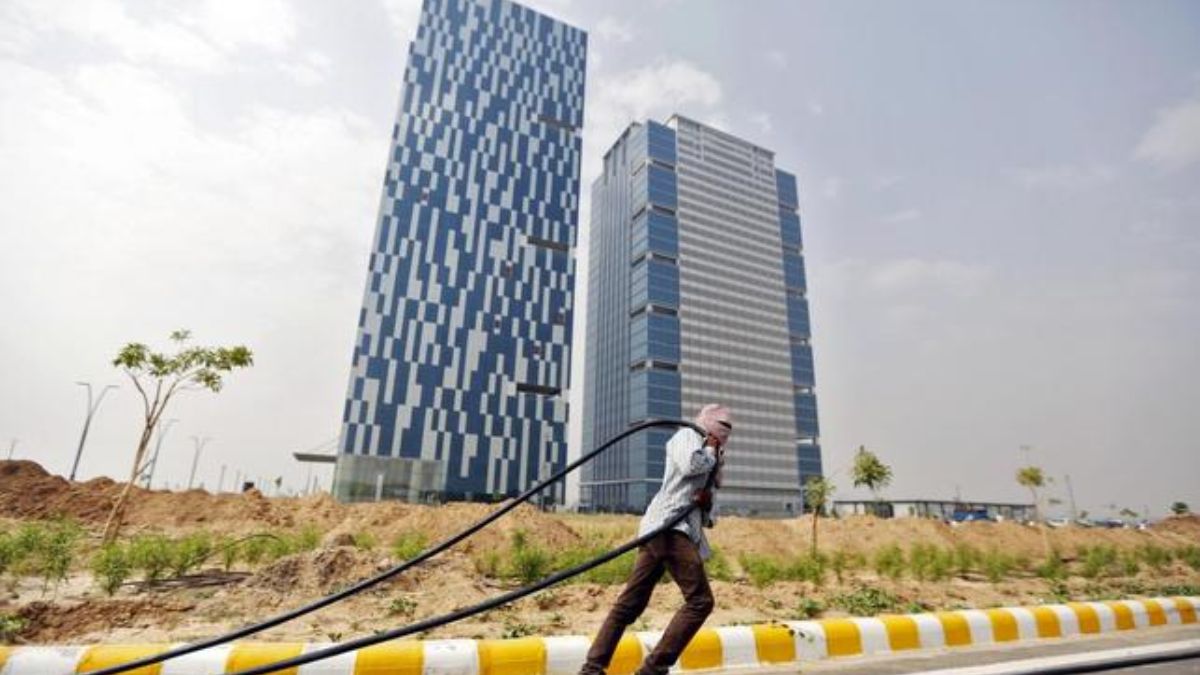
(Image Credits: Reuters)
Secondly, every city incorporates Pan-City Projects, which are technology-driven initiatives designed to upgrade infrastructure and services city-wide. For instance, Chandigarh has implemented India's largest and most extensive pan-city Public Bicycle Sharing (PBS) system, featuring 310 docking stations and over 2,500 bicycles. The PBS has helped reduce traffic and promote public health.
The mission's structure also includes establishing a Special Purpose Vehicle (SPV) for programme execution, encouraging diverse funding sources for projects, and actively involving citizens.
Key Initiatives and Milestones Achieved by Smart City Mission
Integrated Command and Control Centres (ICCC) have become operational in all 100 Smart Cities, which utilize data for making informed decisions. These ICCCs have significantly improved city operations such as transport, water supply, and solid waste management by integrating emerging technologies like AI, IoT, and Data Analytics.
Public Safety and Security: Over 84,000 CCTV cameras have been installed across the 100 Smart Cities for crime monitoring. Public safety has been further enhanced with 1,884 emergency call boxes, 3,000 public address systems, and traffic enforcement systems for red light violations and automatic number plate recognition.
Water Supply: 28 cities have developed a combined drinking water treatment capacity exceeding 2,900 million litres per day (MLD). More than 17,026 km of the water supply network is being monitored via SCADA, which helps in reducing non-revenue water and leaks.
Vibrant Public Spaces: Over 1,320 public space projects have been completed across 84 smart cities, including 318 km of waterfront development by 62 smart cities. Additionally, 55 cities have finished conservation work on 484 heritage monuments, and 58 cities have undertaken market redevelopment initiatives.
Sewerage: Twenty-seven cities have created a wastewater treatment capacity of 1,370 MLD, with 673 MLD of treated water being reused for purposes such as gardening and industrial use.
Solid Waste Management: More than 66 cities are now using advanced technology to manage solid waste, improving route management, collection efficiency, and daily operations. Approximately 9,194 vehicles have been fitted with RFID for Automatic Vehicle Location (AVL) to digitise and enhance waste management efficiency.
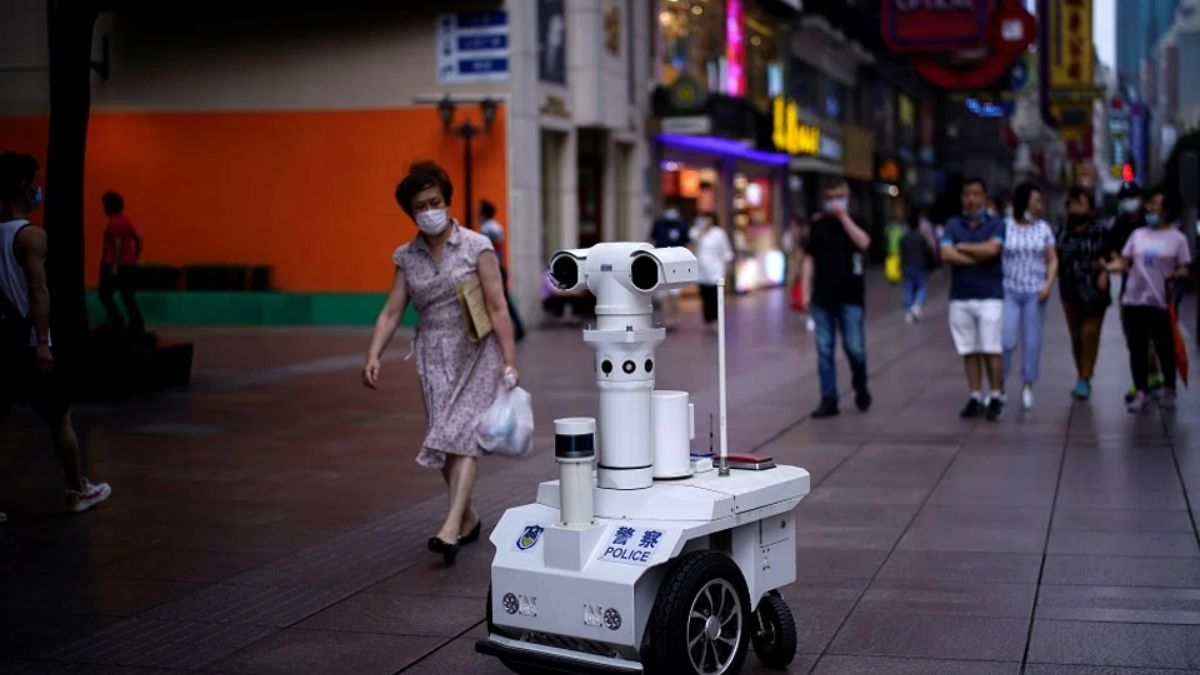
(Image Credits: Reuters)
Mobility: Over 1,740 km of smart roads and 713 km of cycle tracks have been built or improved. The mission has facilitated the procurement of around 23,000 bicycles and over 1,500 buses, alongside the development of over 2,000 new bus stops. One hundred seventy-seven Smart Mobility projects were completed in the fiscal year 2024–25. Furthermore, an Intelligent Transport Management System (ITMS) is being monitored via ICCCs, which helps improve traffic flow, enforce violations, and reduce journey times.
Education: 9,433 smart classrooms have been set up in 2,300 government schools across 71 smart cities. Forty-one digital libraries have also been established.
Health: 172 e-health centres and clinics (without dedicated beds) have been developed, and 152 health ATMs have been installed. Fifteen cities have also created e-Health record-keeping systems.

